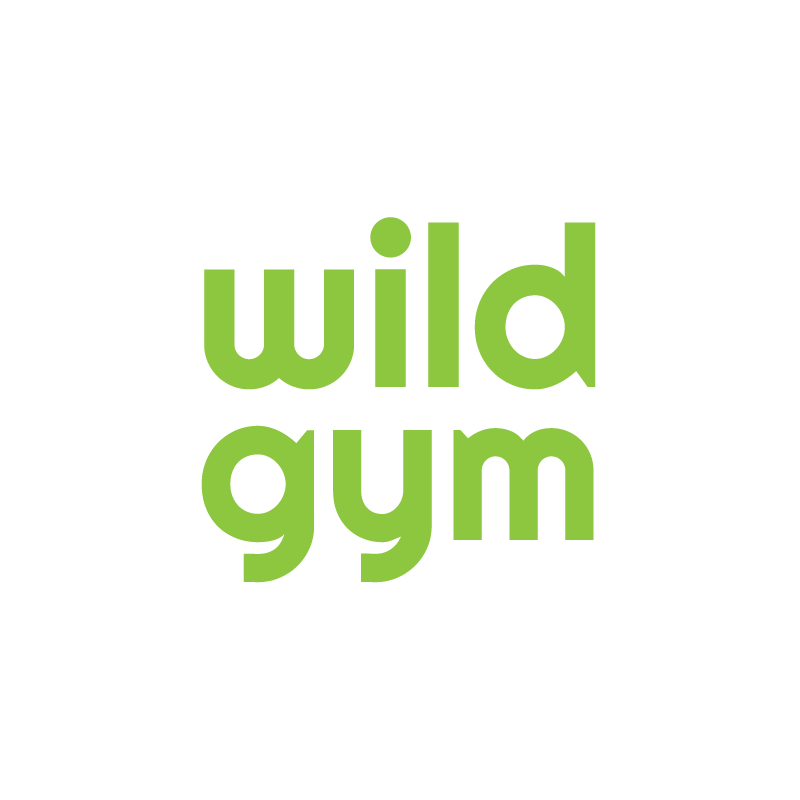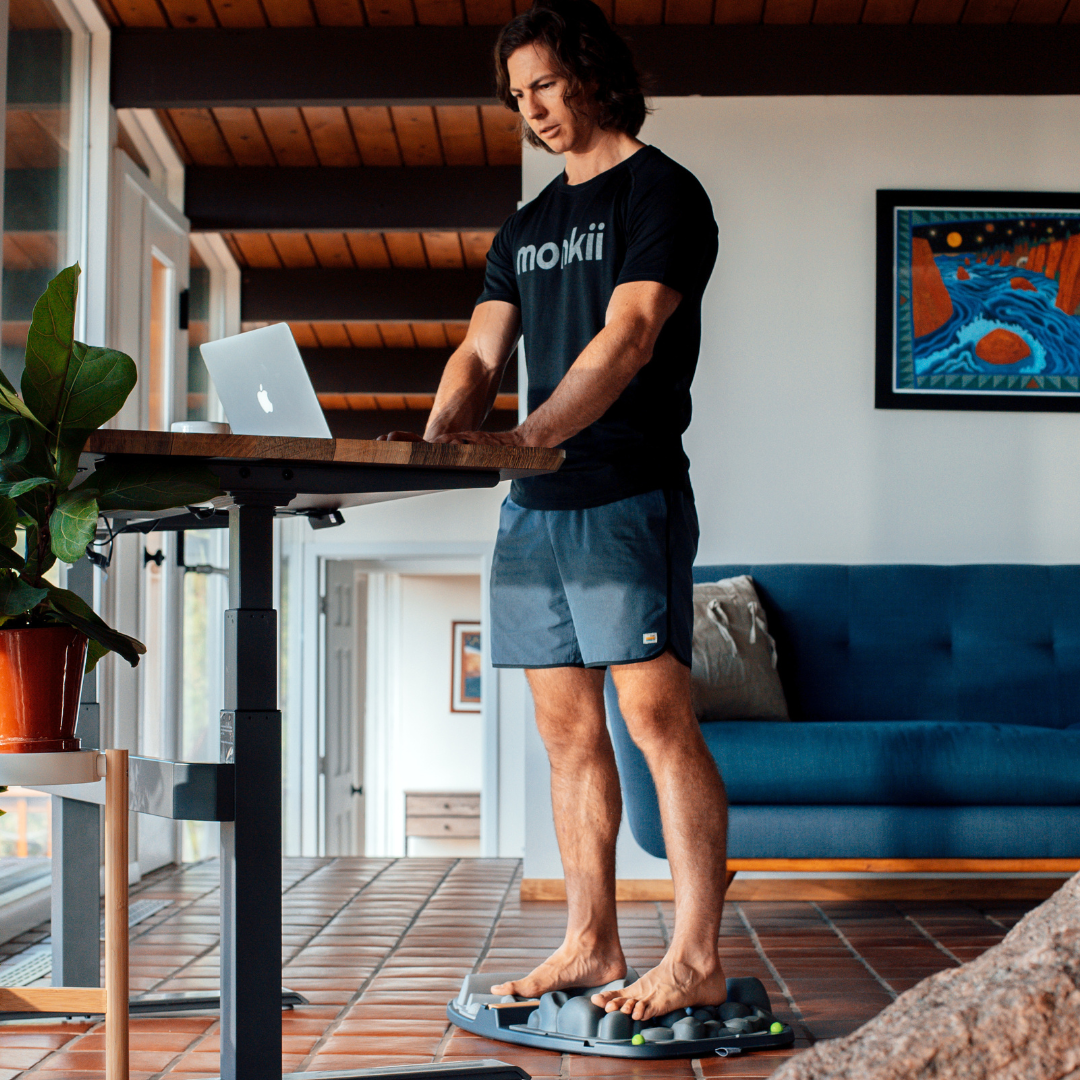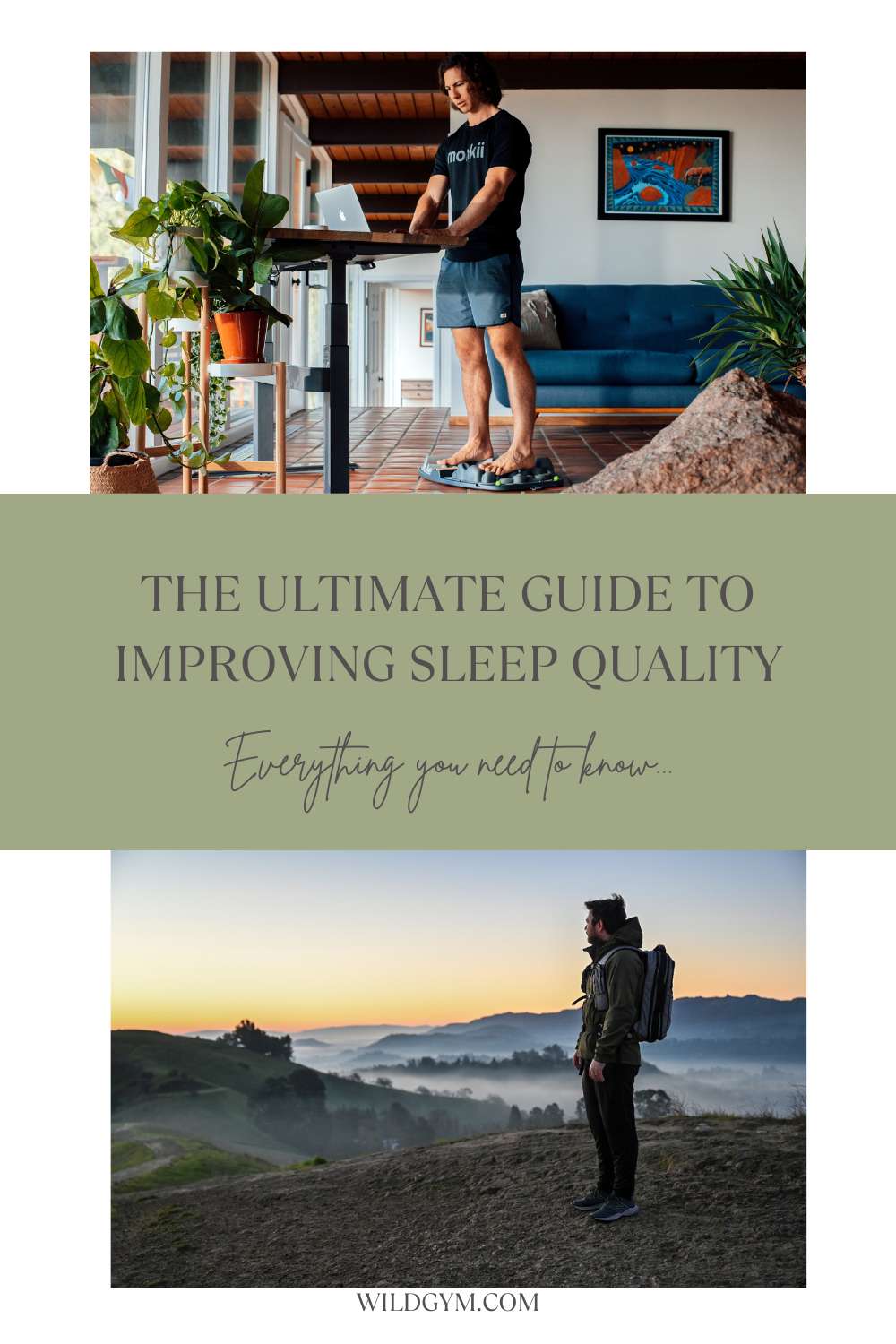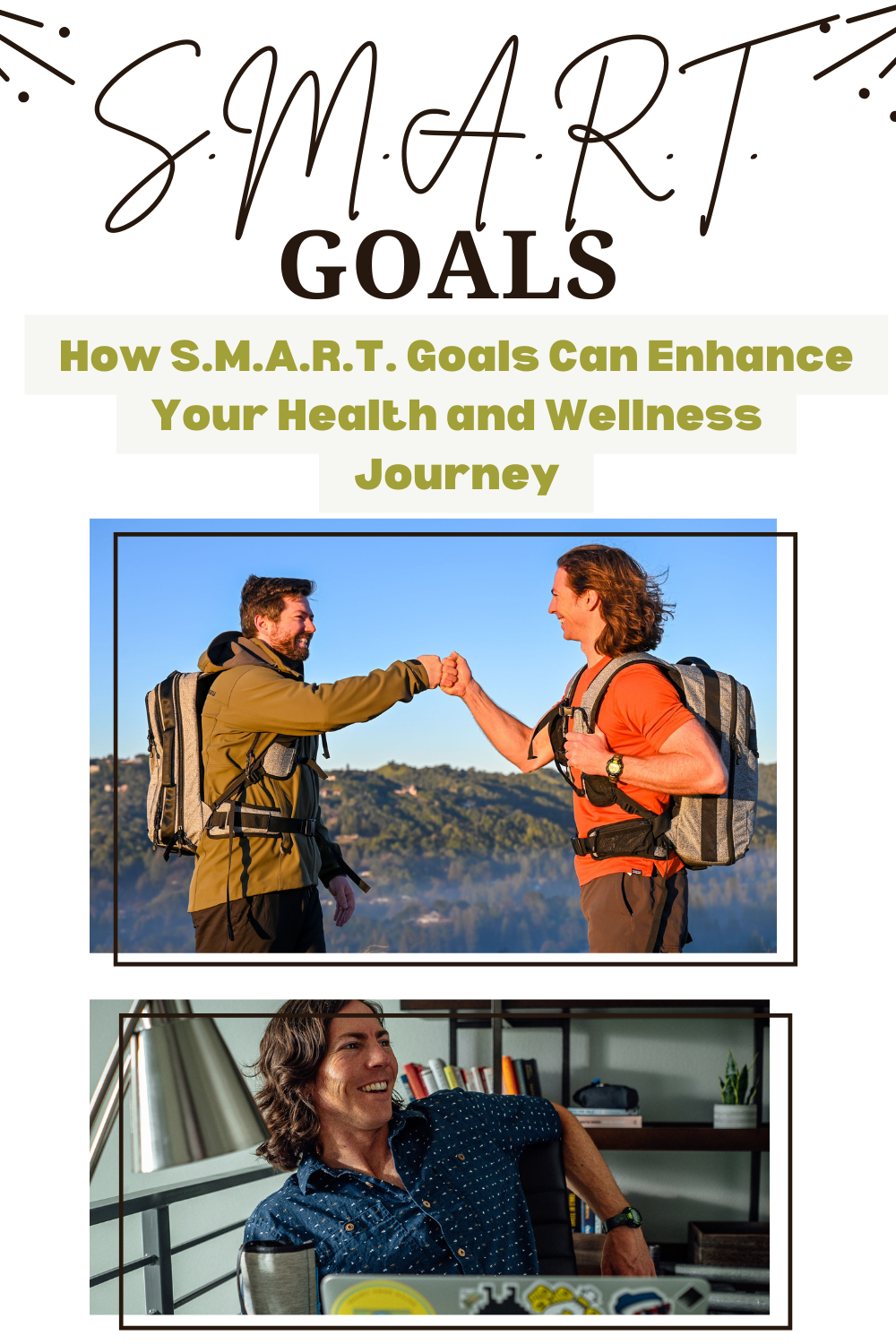Hello, League of Wildness!
Kim here checking in on a snowy Friday! I wanted to share something I’ve learned over the past few years that has had a big impact on how I spend my days.
Last autumn my oldest son and I went hunting – he for grouse and myself for chaga mushrooms. We live in an area of remote boreal forest with ample opportunity for both. We both had a successful hunt and enjoyed a great day in the woods. After we got home, I used the butt end of my hatchet to break the hunk of chaga into smaller pieces and then dried it in the autumn sun for a day. After it was dried, I sat on the living room floor with a stone mortar and pestle, bashing and grinding the chunks of chaga into powder. My 13-year-old son informed me, "You know a blender could do that, right?"
He wasn’t wrong, but we outsource almost everything in our modern world. Everything we used to have to do to keep ourselves alive, we effectively pay someone else to do for us today. Shelter building and maintenance, foraging, hunting, fishing, gardening, preparing and preserving veggies, butchering meat, cleaning fish, kneading bread, grinding spices and herbs, collecting water, cutting and stacking wood – the list is endless. As a result, we have largely lost a whole world of small movements that used to make up our lives. The small movements that we’ve outsourced in the name of convenience might seem minor, but cumulatively they have a big impact on our bodies over time. This is especially true because so much of what we outsource has been replaced with sedentary time. We are faster at cooking dinner but to what end? So we can collapse in the recliner and watch reruns of TV shows we’ve seen a dozen times? Being alive takes a lot of effort, and for better or for worse, we’ve abdicated so much of it in the name of progress.
The reminder of what it takes to keep a human alive is one of the things I enjoy most about wilderness camping and backpacking. Shelter, heat, clean water, food – simply maintaining a good camp is a full-time job. It’s no wonder we’ve outsourced so many of our daily tasks – our lives are now too busy to perform the actions that keep us alive. That’s kind of crazy to consider! I am a proponent of bringing some of these traditional skills back into our lives. They enhance our mobility and even some of our functional strength. If you’ve ever spent a day hand-kneading bread and wound up with sore forearms the next day, you know what I’m talking about.
At Home
I was lucky to spend a lot of time with my grandparents and even my great-grandparents when I was growing up. I was enthralled with their traditional ways of doing things like bread-making, canning, cooking, and carpentry. For those who might have caught our podcast back on February 4, 2021 (Episode 84 of the Live Wild or Die podcast titled “monkii Kim on Barefoot Training, Foraging, Edible Mushrooms, and Living Wild”) you might remember that I grew up in a family that did a lot of traditional living. My life was centered on what we today call “functional fitness.” Except for us, it was just life and it happened to keep us pretty fit. We cut and split our own firewood, kept a good-sized garden, and spent time in the wilderness hunting, fishing, and foraging for berries that my grandma turned into quarts of preserves for the winter.
As I got older, modern life crept in and a lot of those traditional things fell to the wayside. I missed the active life I grew up with and started to look for ways I could challenge my body in similar ways. I went back to my roots and thought about what life looked like at home when I was growing up. What types of movements could I add to my day that more closely matched what my parents and grandparents had done? I started analyzing my daily habits and looking for ways to add more motion and variation to them. I began carrying the groceries on multiple trips up and down the stairs, purposely carrying unevenly weighted loads. I changed how I did chores and cleaning so that I was stepping up on raised surfaces more often and reaching overhead. I started buying whole spices and grinding them with my mortar and pestle. Our knife block is on top of our fridge so we have to reach up high to get them. When I do laundry, I carry it downstairs instead of using the laundry chute. I sit on the floor while I grind my spices into powder. When sitting on the floor gets uncomfortable, I change positions.
The change in these daily movements and the overall way we spend the majority of our time has had a major effect on our bodies. Over just a few decades, how we use and don’t use our bodies has undergone a major shift. Movement matters and over years it adds up to a lot. If you have ever read James Clear’s “Atomic Habits” you know that small changes over time can add up to major improvements. It is the same idea here. Even though these types of movements aren’t what we consider “exercise”, they contribute to more calories burned over time. For example, even fidgeting with some thinking putty or sitting on the floor instead of the recliner can have an impact on how many calories your body burns. I like to experiment so I tested this recently. I spent one hour in the recliner reading which resulted in 9 calories burned (per my Apple Watch). I then spent one hour in the recliner fidgeting with thinking putty and doing ankle circles which resulted in 75 calories burned. If you think about the compounding effects of even just three hours a day of such movements, that’s an additional 198 calories I can burn!
At Work
The idea that our bodies should be comfortable in any one position for a long period of time is an idea sold to us by people who benefit from our butts being in “ergonomically designed’ office chairs for 8 hours a day. Our bodies get uncomfortable when we stay in one position because they aren’t meant to do that! Katy Bowman, the biomechanist who owns Nutritious Movement, is an absolute genius in this realm. I was so thrilled to discover her and the way she talks about movement and to realize there is actually science behind it all. In her book, “Move Your DNA” she says, “Your body is never “out of shape”; it is always in a shape created by how you have moved up to this very moment. It is constantly responding and shifting to a continuous stream of input provided by your external and internal environments, even if that input consists of only sitting still, for hours on end.” Basically, whatever body shape you have is a result of how you move or don’t move, your body. If you spend many hours in a recliner, your body will tell that story. Office furniture is no different despite the marketing of so-called ergonomic chairs, keyboards, and desks. If we need special furniture to be able to sit in the same position for 8 hours, it’s a huge red flag that doing so isn’t good for us.
Maybe your boss doesn’t want you sitting on the floor and you are stuck at a desk. All is not lost! There are still things that can help. Instead of relying on your chair for support, you can scoot your butt to the front edge of the chair, untuck your pelvis so you aren't sitting on your tailbone, and hold yourself up. You might find it gives you a bit of a core workout because if you sit on furniture a lot, your core has given up one of the jobs it was designed to do which is to hold you upright. You could ask if you could replace your work chair with an exercise ball. If you have a work call that doesn't need video, take the call while out on a walk. Dan and I often have phone meetings while we are both out walking. When you are headed to the break room for your afternoon coffee, do some walking lunges down the hallway then throw in some counter pushups while you wait for your lunch to heat up.
Standing desks provided a solution to all-day sitting. But all-day standing in the same position isn't any better for us. It isn’t the position itself, it is the stagnant nature of any position. I have been working from home for the last 4.5 years and I use work time as an opportunity to move more. Some days I am on the computer a lot, creating BackerKit surveys, doing data entry for the app, or other types of work-wildness. Once I notice that I’ve gotten uncomfortable in one position, I get up and move. If I am sitting in a chair, I move my computer to the counter and I stand on my Stoic for a while. When that starts to get uncomfortable, I sit in various positions on the floor on a yoga mat. I might work cross-legged, or in a wide straddle stretch, or even laying on my stomach. When I do my reading in the morning, I use a yoga block to stretch my calves. When my watch yells at me that I’ve been sitting too long, I put in a quick row-pushup-squat session with pocket monkii.
The possibilities really are endless, and once you start looking for opportunities, you will see they are all around you.
Some other ideas of ways you can add more movement to your day:
Play with your kids on the floor and give them piggyback rides.
Stand instead of sit while reading.
Sit on the floor instead of furniture.
Leave pocket monkii, MB2, monkii 360, or Isocore X set up in your workspace where you can easily get in micromovement sessions throughout the day.
Carry uneven loads and shift them around as you move. Groceries, library books, packages.
Grind your coffee beans by hand.
Set a timer to get up and move around every hour.
Chop wood.
Park your car in the far-away parking spots. You get more movement and as a bonus, you save the closer spots for the people who need them.
Always take the stairs and ideally, sprint up them.
If you have errands clustered together, park in one area and walk to the others when possible.
Use traditional garden and yard tools instead of motorized options.
Shovel instead of always using the snowblower.
When you pass through a doorway, make a point to stretch your arms overhead to touch the trim (if you hang and rip the trim off your door, that’s on you).
Buy whole vegetables and fruits and cut them yourself. Bonus points if you can choose produce that doesn’t come wrapped in plastic or styrofoam.
Walk or bike to work.
Carry your kids instead of using a stroller.
Learn what foraging opportunities exist in your area and take advantage (make sure you check regulations as they vary greatly). There is nothing more satisfying than enjoying a meal that you put in the labor for!
Resources:
https://www.nutritiousmovement.com/thinking-outside-the-classroom-chair/
This was a paper Katy Bowman wrote regarding kids sitting in classrooms, but there is a ton of excellent information that equally applies to adults sitting at work (and then later, sitting at home)
https://www.mayoclinic.org/documents/mc5810-0307-pdf/doc-20079082
This is a newsletter about a study run by the Mayo Clinic to determine what role non-exercise movement (such as fidgeting or standing on something like Stoic) plays in calorie burn.
https://www.escardio.org/The-ESC/Press-Office/Press-releases/Move-more-to-live-longer
A 2019 study showing that regardless of gender, age, or fitness level, moving more in daily life can improve cardiovascular health.
Books:
By Katy Bowman:
Movement Matters
Move Your DNA (if you only check one book out, I recommend this one)
Whole Body Barefoot
Grow Wild (this one is about getting kids and families moving)
Katy also has a podcast and social media channels that can be found under “Nutritious Movement.” She truly is brilliant and I highly recommend you check her out. We have no affiliation with her, I just learn so much from her work I can’t help but tell everyone.
Atomic Habits by James Clear
We sometimes get bogged down by the idea that we need massive changes to make improvements in our lives. The truth is that small changes add up to a lot over time. It is the little habits we do every day that make up so much of our time. This book will help you learn how to make them count.




Leave a comment
This site is protected by hCaptcha and the hCaptcha Privacy Policy and Terms of Service apply.